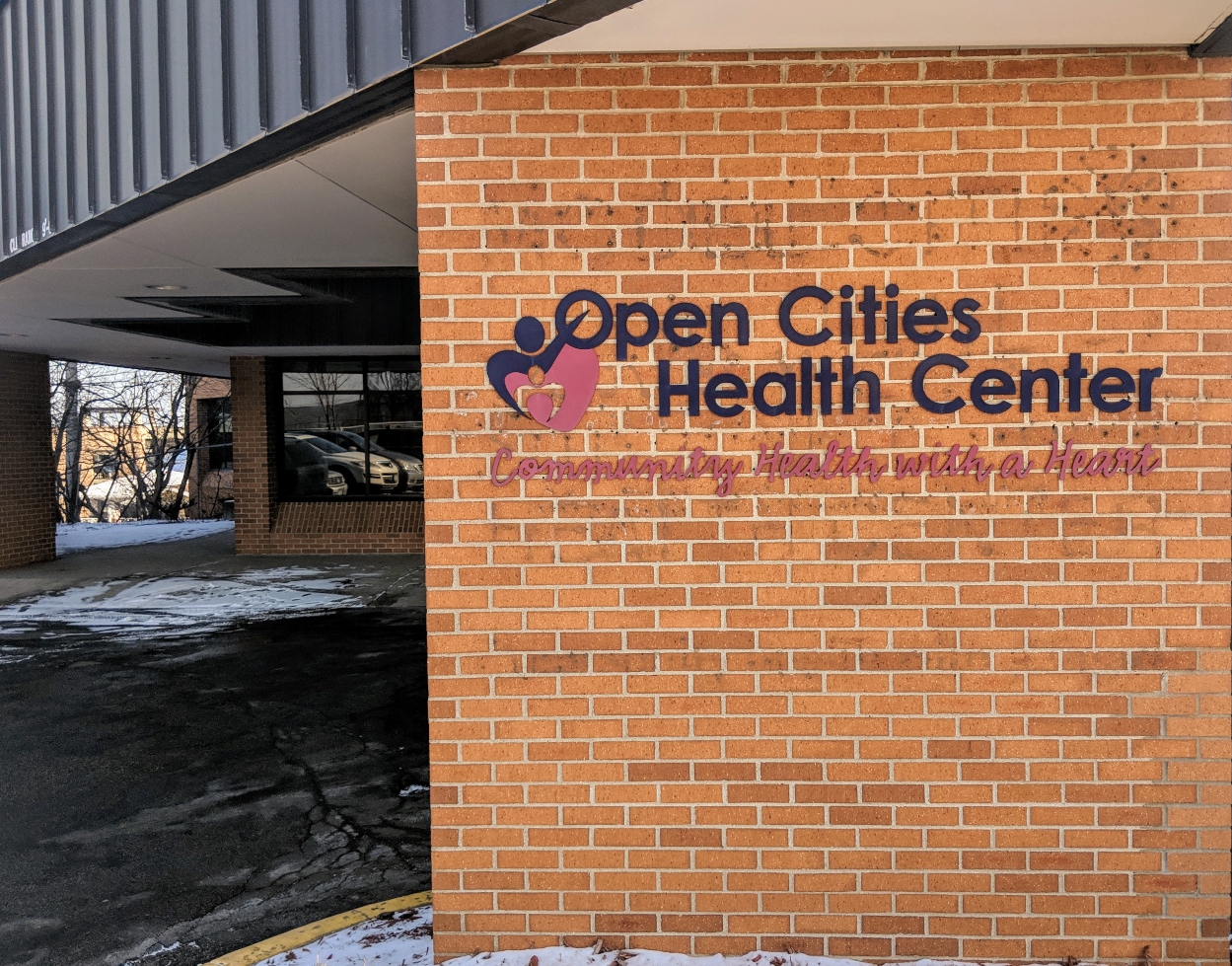Community health centers are the backbone of our health safety net – MSR News Online
1965 was quite a year. Dr. Martin Luther King. Jr., Amelia Boyton Robinson, John Lewis, Marie Foster and other members of the civil rights movement marched from Selma to Montgomery, demanding the right to vote during a demonstration that led to the historic Human Rights Act vote.
An important part of our healthcare system also came into existence with the passage of the Medicare & Medicaid Act, establishing health insurance for our seniors and members of our community with limited incomes.
Additionally, the first two federally-funded “Neighborhood Health Centers” were approved, launching our nation’s Community Health Center program. Its goal: to improve the lives and well-being of Americans regardless of their ability to pay.
In Minnesota, our Community Health Centers (CHCs) do an incredible job, not only meeting the health and social care needs of many of our neighbors who would otherwise face barriers accessing our state’s health care system as it is currently structured, but doing so while providing high quality care.
Minnesota joined CHCs across the country in celebrating National Health Center Week August 7-13. It is an annual time to celebrate and reflect on the hard work Minnesota CHCs do to keep people healthy and safe in the face of so many institutional and ongoing challenges.
Nationally, CHCs provide preventive and primary care services to nearly 29 million people, including nearly 200,000 people across Minnesota. These include neighbors who disproportionately suffer from chronic conditions like diabetes or heart disease and lack access to affordable quality care.
CHCs are truly rooted and led by our communities. Each of Minnesota’s 17 Community Health Centers tailors its services based on direction from a board of directors made up of patients and community members.
Collectively, CHCs form the backbone of Minnesota’s primary care safety net system and serve more people living in poverty than any other health care system in Minnesota.
This also translates into economic opportunities for our neighborhoods. In 2021, our state’s community health centers generated $327 million in economic activity and employed a workforce of nearly 2,000 people.
Minnesota CHCs provide access to health care for all, regardless of ability to pay, and also address the systemic barriers to care that affect so many of our neighbors – poverty, lack of stable shelter and food, substance use disorders, mental illness, unemployment, trauma and racism – complementing traditional health care with social services and community-based care.
Health Centers have been essential to the Minnesota health system for more than 50 years, partnering and advising hospitals, health systems, health educators, local and state governments, businesses and others, working to ensure equitable and inclusive care that improves health outcomes for medically vulnerable and socially disadvantaged Minnesotans.
During the COVID-19 pandemic, they quickly moved to meet the needs of our communities by offering telehealth, community COVID-19 testing and vaccinations, refugee health screenings, homeless care , rural health care and a strong social service. coordination.
In fact, throughout the state’s COVID-19 vaccination campaign, CHC efforts have consistently reached a higher proportion of Minnesotans from high social disadvantage ZIP code areas than any other healthcare system. health.
CHCs have achieved this by being present in the community before and during the pandemic and by making clear their commitment to stay long after the attention and resources that a global pandemic brings to health care have faded.
Therefore, our community health centers are more crucial than ever. They continue to refine their services to meet the needs of people in their communities as access to basic care continues to erode, as COVID-19 exacerbates social and health inequalities, as new challenges like Monkeypox arise and that people lose health insurance through work or through Medicaid.
Every year, Congress sets discretionary funding for CHCs, but since 2013 that level of funding has barely budged. It is crucial that Congress invest in emergency and long-term funding for our community health centers that have invested in us. This stability is essential to ensure that the doors of CHCs remain open to serve our communities through whatever comes next.
It’s not too late to participate in National Health Center Week 2022. I invite you to support your neighborhood community health center, celebrate its mission and accomplishments, and let members of our Congress know what they mean to you. They will be there when you need them.

Dr. Nathan T. Chomilo is the Medical Director of the State of Minnesota Medicaid/Medical Assistance & MinnesotaCare programs and practices as a general pediatrician at Brooklyn Center with Park Nicollet. He is a member of the Board of Trustees of the Minnesota Chapter of the American Academy of Pediatrics and Adjunct Assistant Professor of Pediatrics at the University of Minnesota Medical School. He lives in Minneapolis with his wife and son.


Comments are closed.